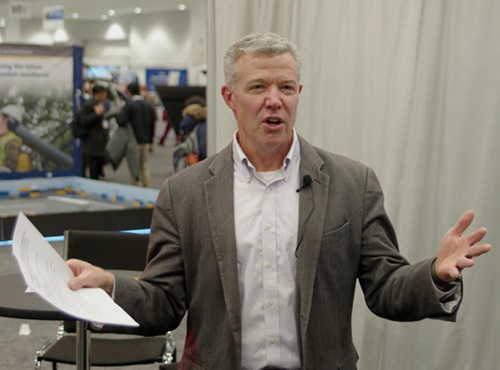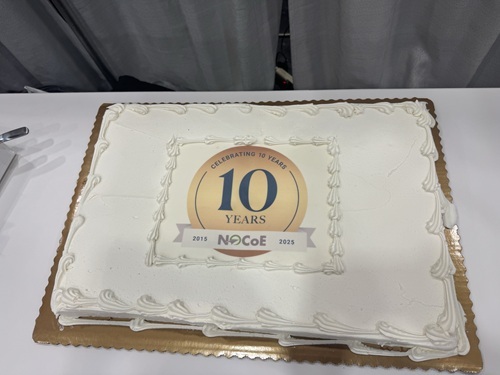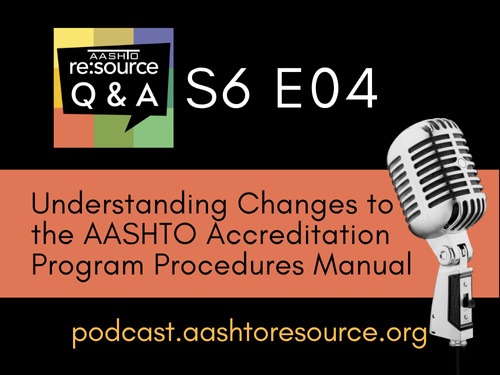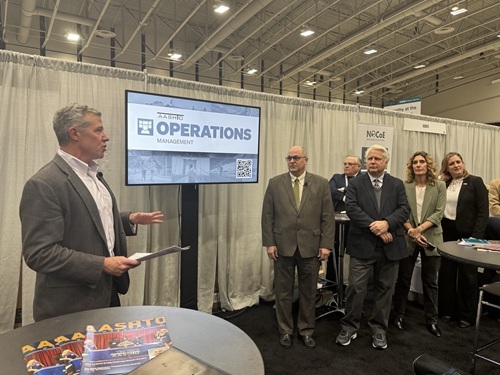The National Operations Center of Excellence or NOCoE recently celebrated the 10th anniversary of its formation at the 2025 Transportation Research Board Annual Meeting in Washington, D.C.
[Above photo by AASHTO]
NOCoE – a partnership of the American Association of State Highway and Transportation Officials, the Institute of Transportation Engineers, and the Intelligent Transportation Society of America, with support from the Federal Highway Administration – originally launched at the January 2015 TRB Annual Meeting.

The unique mix of federal, state, local, academic, and private sector representation is a key feature of NOCoE, noted Jim Tymon – AASHTO’s executive director – during remarks at the organization’s 10-year anniversary celebration.
He explained that partnership is what ensures NOCoE’s ability to provide knowledge resources to all 50 states, Washington, D.C., Puerto Rico, plus many local and regional agencies to help effectively advance Transportation Systems Management and Operations or TSMO strategies.
“Our partnership has really helped this endeavor [NOCoE] be successful over the last 10 years,” Tymon said.
“We all knew that transportation systems management and operations isn’t going to be something that’s owned by any one organization and that it really needed to be a working effort between a group,” he noted.

“Ten years ago, I would say that [TSMO] was just starting to be a part of transportation industry strategy,” Tymon said.
“And now we’ve seen it grow year after year to the point where it is now a key aspect that state departments of transportation and the transportation industry as a whole focus on,” he pointed out.
Tymon explained that, at its heart, TSMO is about helping “optimize” existing transportation infrastructure capacity as it is the most cost-effective way for the industry to make improvements from a mobility standpoint.
“This is something that a lot of states are looking at from a policy standpoint as well,” he added. “So we need to make sure that we’re growing this [TSMO] discipline in a way that the next generation can step right in and achieve optimization goals for transportation agencies at the state, local, and federal level.”
 AASHTO
AASHTO
Q&A Podcast: The AAP Procedures Manual Redesign
October 31, 2025 AASHTO
AASHTO

